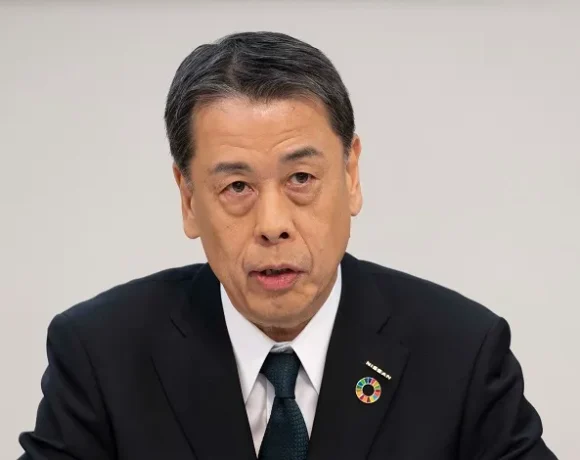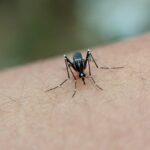Reinvigorated global efforts needed to curb malaria threat

WHO issues a stark warning
Recent data from the World Health Organization (WHO) underscore the significant progress in the fight against malaria since 2000. An estimated 2.2 billion cases and 12.7 million deaths have been averted.
However, despite these achievements, malaria remains a serious global health threat, particularly in the WHO African Region, where the burden of disease is still devastating.
According to the latest World Malaria Report from WHO, there were an estimated 263 million malaria cases worldwide in 2023, with 597,000 deaths attributed to the disease. This marked an increase of around 11 million cases compared to the previous year, with the death toll remaining unchanged.
Alarmingly, nearly 95% of these deaths occurred in the WHO African Region, where large portions of the population still lack access to essential services to prevent, detect, and treat malaria.
“No one should die of malaria, yet the disease continues to disproportionately harm people living in the African region, especially young children and pregnant women,” said Dr Tedros Adhanom Ghebreyesus, Director-General of WHO.
“An expanded package of lifesaving tools now offers better protection against the disease, but stepped-up investments and actions in high-burden African countries are urgently needed to curb the threat.”
Malaria control
While the global situation remains dire, there is clear progress in malaria control across several countries. As of November 2024, 44 countries and one territory had been certified malaria-free by WHO, with many more nations making steady advances towards the same goal. Of the 83 malaria-endemic countries, 25 now report fewer than ten malaria cases per year, significantly improving from just four countries reporting such low numbers in 2000.
In addition, the WHO African Region has reduced its malaria mortality rate by 16% since 2015. However, the region’s mortality rate of 52.4 deaths per 100,000 population at risk in 2023 remains more than double the target level of 23 deaths per 100,000 set by the Global Technical Strategy for Malaria 2016-2030. This stark disparity underscores the urgent need for accelerated progress to meet global malaria targets.
Earlier this year, health ministers from 11 African countries – which account for two-thirds of the global malaria burden – signed a landmark declaration to address the disease’s root causes.
These countries, including Burkina Faso, Cameroon, Ghana, Nigeria, and Uganda, are committed to lowering the malaria burden sustainably and equitably. Their pledge includes strengthening national health systems, improving coordination, and ensuring the strategic use of information.
A broader deployment of WHO-recommended malaria control tools offers renewed hope in the fight against the disease. By December 2024, 17 countries had introduced malaria vaccines as part of routine childhood immunisation. The scale-up of these vaccines, especially across Africa, is expected to save tens of thousands of young lives each year.
Moreover, new-generation insecticide-treated nets, which provide enhanced protection against malaria compared to older pyrethroid-only nets, are now more widely available. In 2023, these advanced nets accounted for 78% of the 195 million nets distributed across sub-Saharan Africa, up from 59% in 2022. This increase is crucial in tackling mosquitoes’ resistance to traditional pyrethroid-based treatments.
Despite these promising advances, funding for malaria control remains a significant obstacle. In 2023, global funding for malaria control was estimated at $4 billion, falling far short of the S$8.3 billion target set by the Global Technical Strategy. This shortfall has created substantial gaps in the coverage of insecticide-treated nets, antimalarial medicines, and other life-saving tools, particularly for those most vulnerable to the disease.
In addition to funding gaps, malaria-endemic countries continue to face challenges such as fragile health systems, weak surveillance mechanisms, and the emergence of biological threats like drug and insecticide resistance.
In many areas, conflict, climate change, natural disasters, and population displacement exacerbate the health inequities faced by those at highest risk of malaria, including pregnant women, children under five years of age, Indigenous peoples, migrants, and people living in remote areas with limited healthcare access.
Hero image: As of November 2024, WHO had certified 44 countries and one territory malaria-free. Credit: Igud Supian













